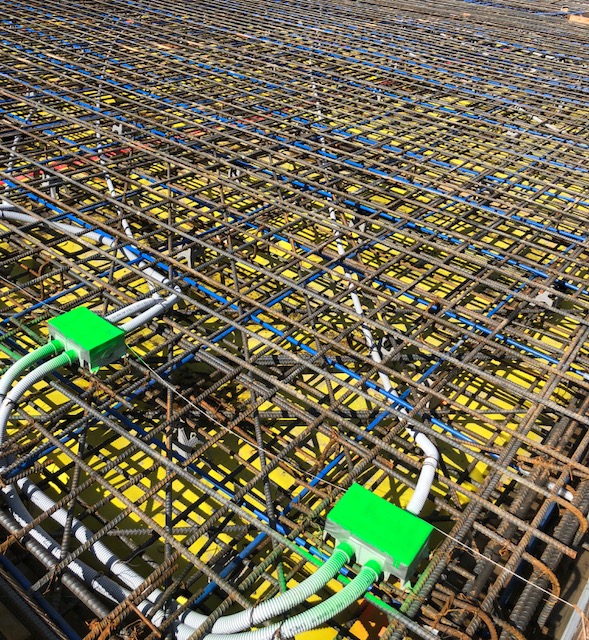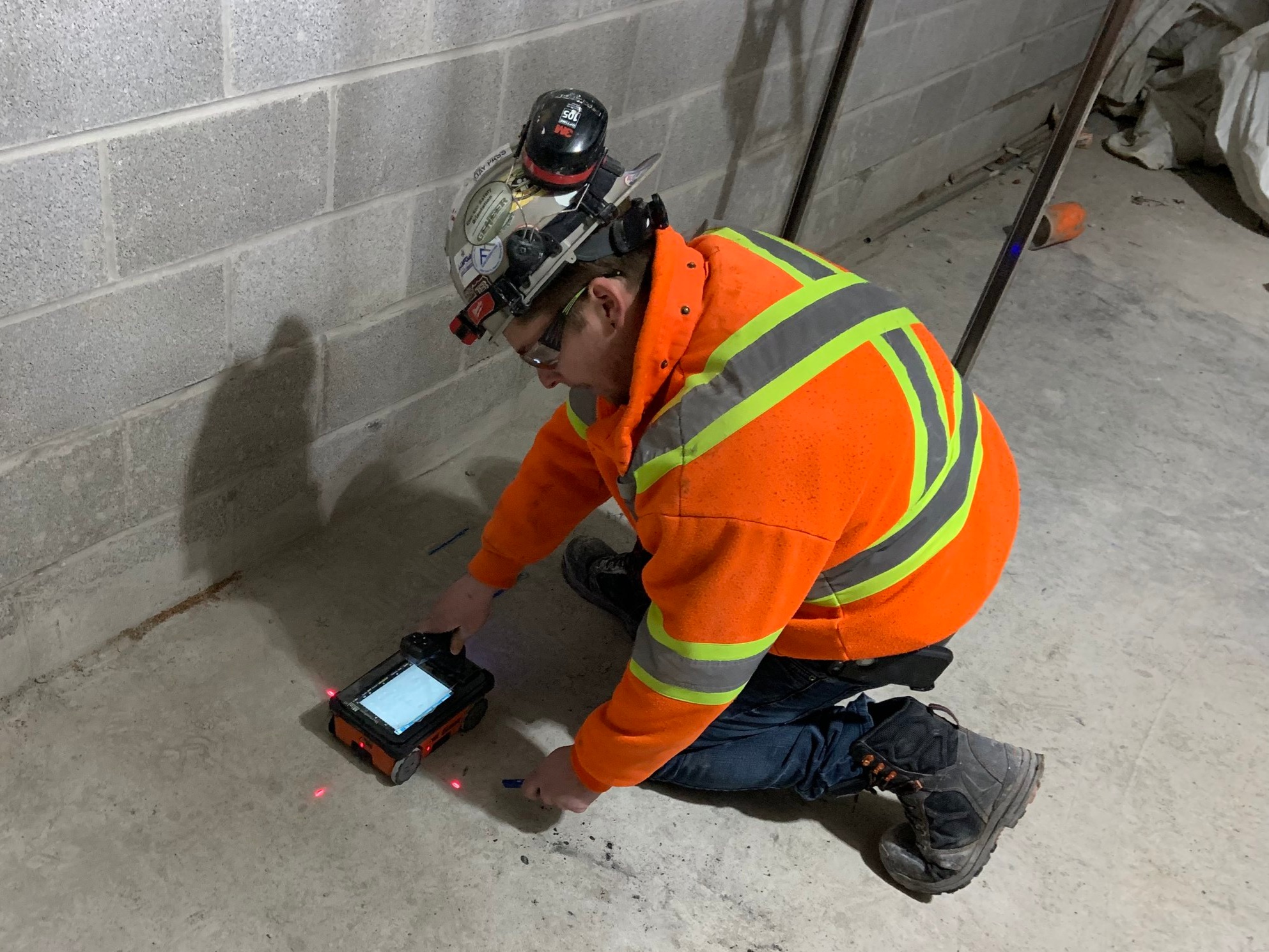Unveil the Transformative Power of Concrete Scanning in Making Best Use Of Performance and Safety And Security
Concrete scanning has actually arised as a crucial tool in the construction industry, offering unmatched benefits in enhancing task effectiveness and making sure safety and security criteria. The transformative power of concrete scanning exists in its capacity to supply in-depth understandings and real-time data, revolutionizing exactly how jobs are planned and performed.
Significance of Concrete Scanning
Guaranteeing the architectural integrity and safety and security of construction jobs starts with the important action of carrying out detailed concrete scanning. Concrete scanning is a non-destructive technique made use of to detect and map subsurface aspects within concrete frameworks.
In addition, concrete scanning aids in maximizing task timelines and budget plan by preventing unforeseen expenses and delays that might emerge due to unpredicted blockages within the concrete. Eventually, investing in extensive concrete scanning is a positive method that enhances both efficiency and safety and security in building and construction tasks.
How Concrete Scanning Works
Concrete scanning runs as an essential tool in building and construction jobs by employing advanced modern technologies to find and map subsurface aspects without causing architectural damage. Ground Penetrating Radar (GPR) and Electromagnetic Induction (EMI) are 2 main methods made use of in concrete scanning. GPR works by discharging high-frequency radar pulses right into the surface, which get better when they come across subsurface items or voids. The moment taken for the signal to return indicates the deepness and place of the objects. EMI, on the various other hand, utilizes electromagnetic fields to recognize variations in material compositions, such as recognizing rebar or channels within concrete structures.
Throughout the scanning process, the data accumulated is evaluated in real-time, permitting immediate recognition of potential dangers or obstacles underneath the surface area. This information help in decision-making, guaranteeing that building and construction activities proceed securely and efficiently. Furthermore, 3D imaging software program can be utilized to develop topographic maps of the subsurface components, further improving task planning and implementation. By employing these sophisticated technologies, concrete scanning considerably lowers the threat of costly damages and injuries on building websites.
Benefits of Concrete Scanning
One of the primary advantages of concrete scanning is the capacity to find and locate ingrained objects such as rebar, post-tension wires, and conduits properly. Concrete scanning helps in preparation and developing extra successfully, as it provides exact information regarding the area and depth of architectural components.

Study: Concrete Scanning Success

In another instance, a construction firm used 3D concrete scanning to evaluate the condition old concrete frameworks in a historical structure. The comprehensive scans given important understandings into the degree of wear and tear and assisted focus on upkeep efforts properly. By proactively attending to areas of worry identified with scanning, the firm was able to extend the life-span of the structure and make sure owner safety.
These study underscore the transformative power of concrete scanning in improving performance, precision, and security in building and construction tasks.
Executing Concrete Scanning in Projects
Implementing sophisticated scanning innovations throughout construction jobs has actually ended up being increasingly crucial for improving accuracy and safety and security. By incorporating concrete scanning right into job preparation and implementation, construction teams can identify prospective threats, such as rebar or post-tension cords, hidden within concrete frameworks. This proactive method minimizes the danger of accidents, delays, and expensive rework, eventually leading to extra effective job timelines and spending plans.
To execute concrete scanning successfully, project supervisors must team up very closely with knowledgeable scanning professionals to determine the most appropriate scanning techniques for the details task requirements. Involving scanning experts from the onset of a visite site task allows the team to create comprehensive scanning plans that resolve key areas of worry and ensure extensive data collection.
Moreover, incorporating concrete scanning into normal job operations can enhance decision-making processes, as real-time scan data offers immediate insights right into the condition of concrete structures - Concrete Scanning. This data-driven approach helps with notified analytic and enables groups to make changes promptly, promoting a culture of efficiency and security throughout the project lifecycle

Final Thought
Finally, concrete scanning plays an important duty in enhancing effectiveness and security in construction jobs. By making use of advanced innovation to map and detect out underlying structures within concrete, this website here process assists to stop pricey blunders, ensure structural integrity, and reduce dangers on website. With the capacity to reveal surprise components and provide accurate data, concrete scanning shows to be a useful device for maximizing task end results and taking full advantage of total success.
Concrete scanning is a non-destructive method used to discover and map subsurface aspects within concrete frameworks. Furthermore, concrete scanning aids in maximizing project timelines and budget by preventing unanticipated prices and hold-ups that might emerge due to unpredicted obstructions within the concrete. One noteworthy situation research study includes a massive restoration task where concrete scanning played an essential role in making certain task success.In another case, a building business utilized 3D concrete scanning to analyze the problem of aging concrete frameworks in a historical structure. By incorporating concrete scanning into job planning and execution, building and construction groups can recognize possible threats, such as rebar or post-tension cables, hidden within concrete structures.